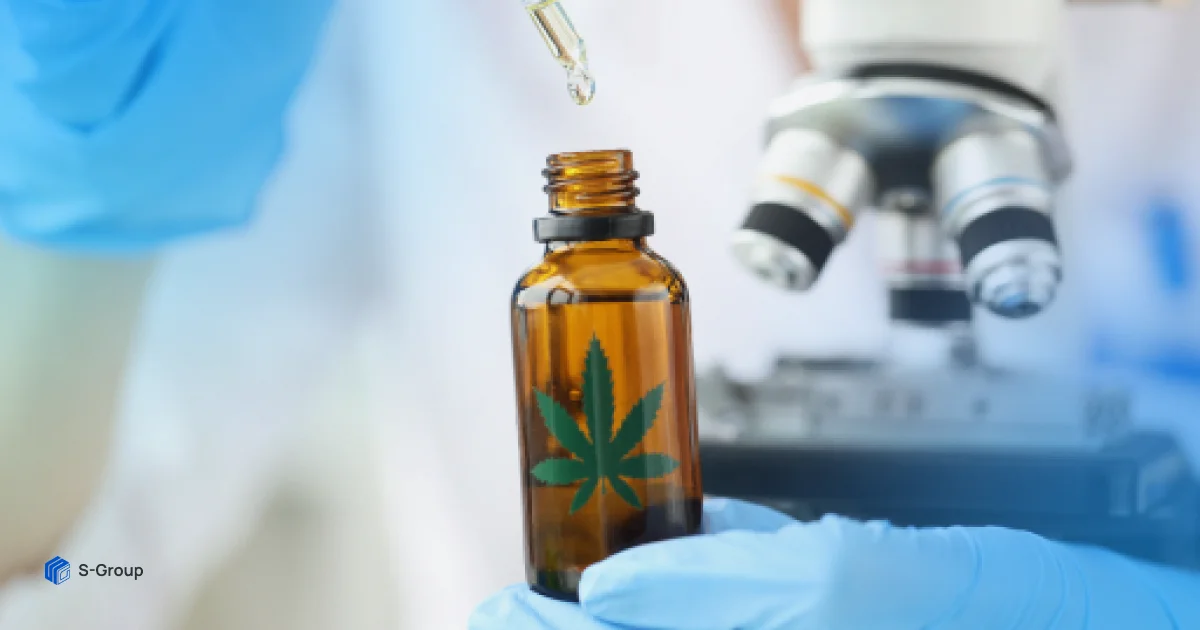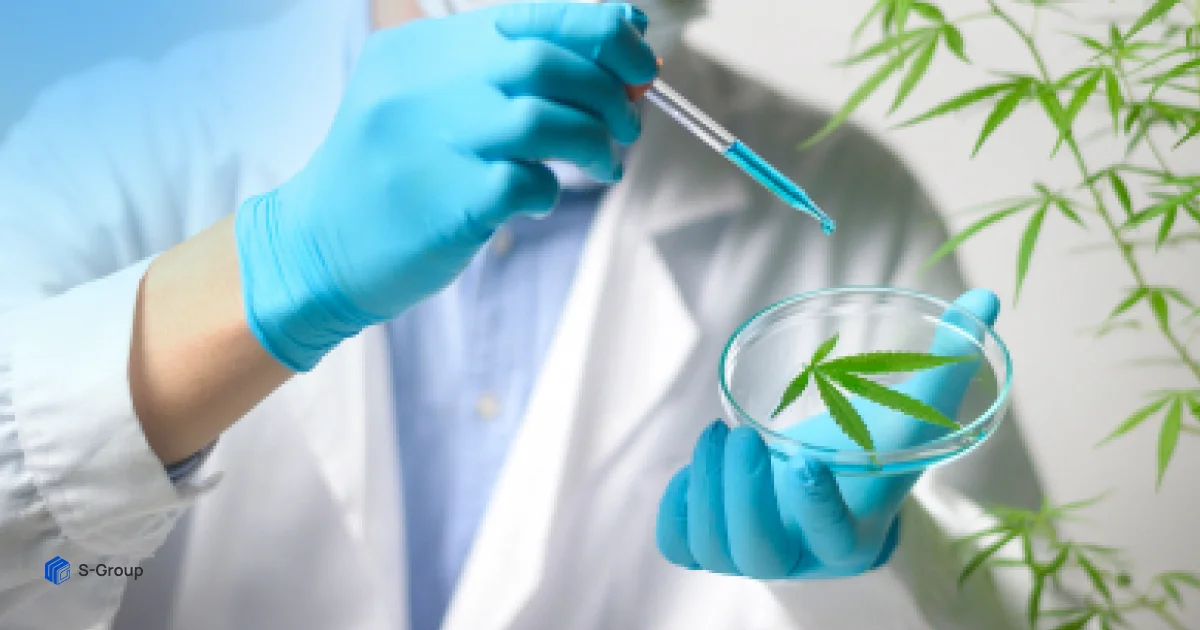How medical cannabis differs from recreational cannabis: everything you need to know

Disclaimer. This article is written to talk about the difference between medical and recreational cannabis and the effects of each, not for propaganda purposes. We hope for the prudence of our readers.
The debate about the effects of cannabis goes on to this day. In 14 countries: Israel, Poland, USA, Turkey, Switzerland and others, medical cannabis is legal. Even so, part of society is negative about the idea because medical and recreational cannabis are often equated with each other. Doing so is just as wrong as claiming that ascorbic and pills are the same thing. It's important to remember that medical cannabis relieves pain and recreational cannabis stupefies the mind.

Why medical and recreational cannabis are not the same thing
Medical cannabis is cones, cannabis concentrates, or synthetic cannabinoids that are used for treatment or pain relief. There are two substances in any cannabis: cannabidiol, which is responsible for relieving pain and spasms, and tetrahydrocannabinol (THC), which creates an intoxicating effect and relaxes the muscles.
The main difference between medical and recreational cannabis is the THC and cannabidiol content. Regular marijuana has a THC content of 5%-35%, while medical cannabis has a THC content of up to 1%. The percentage of cannabidiol is 6 to 20%.
The THC content of medical marijuana varieties can be low or balanced, depending on the diagnosis. For example, to relieve spasms for multiple sclerosis, a herb with a low percentage of THC would be more appropriate.
Recreational cannabis contains more THC and is generally used for recreational purposes rather than for treatment. So the main purpose of medical cannabis is to improve a patient's quality of life, not to intoxicate or stupefy them.
We've already written more about the history and geography of medical cannabis here.
What ailments medical cannabis is prescribed for
The use of medical marijuana improves a person's condition for chemotherapy, antiretroviral therapy for HIV infection and migraines. It is effective in counteracting epileptic seizures and helps relieve stress and anxiety. Medical cannabis is also prescribed to treat Alzheimer's, Parkinson's, cathexis and psychological disorders.

Medical cannabis production
The requirements for making medical marijuana preparations are the same as for other medicines. They are produced and stored under sterile conditions and tested for pesticides, heavy metals and other toxic substances.
Use of medical cannabis during treatment
Medical cannabis can only be used for medical treatment if prescribed by doctors and under their supervision. Self-medication is not recommended. Doctors are in charge of selecting varieties, depending on the person's diagnosis.
Using medical cannabis like regular cannabis, either by popping a joint or smoking a pipe, is also not recommended. Cannabis oils and dry mixes produce combustion products that are harmful to the body during combustion. A better option for this is to vaporize the herb through a vaporizer. Medical marijuana preparations are made in the form of nasal sprays, tablets, and capsules.
Not a panacea, just a treatment regimen
Remember that medical cannabis is not a panacea, but part of the treatment. Therefore, it should be used under the supervision of doctors and only as prescribed by them. Buy medical marijuana on the black market and use according to your own feelings = self-medication, which borders on folk medicine and not welcomed by doctors.
Share
Interesting
Would you like to receive a digest of articles?
One email with the best articles of the week.
Sign up so you don't miss anything.